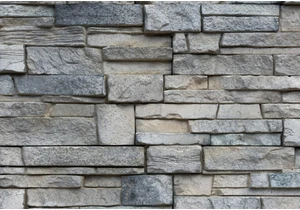Spoiler alert: There is no support for it yet. But it is defined in the Media Queries Level 5 spec that includes other recent, but more familiar user preference features, like prefers-color-scheme and prefers-reduced-motion. The Polypane blog goes into incredible depth on prefers-reduced-data, especially for something that we have yet to see in the wild. That’s actually what makes the Polypane team an ideal voice on the subject. It’s product is a browser that is able to emulate … Read article “Creating websites with prefers-reduced-data”
The post Creating websites with prefers-reduced-data appeared first on CSS-Tricks. You can support CSS-Tricks by being an MVP Supporter.
https://polypane.app/blog/creating-websites-with-prefers-reduced-data/
Melden Sie sich an, um einen Kommentar hinzuzufügen
Andere Beiträge in dieser Gruppe

Parallax is a pattern in which different elements of a webpage move at varying speeds as the user scrolls, creating a three-dimensional, layered appearance. It once required JavaScript. Now we have

Today, I want to discuss a couple of patterns for naming color palettes that the community is using, and how I propose we can improve, so we achieve both flexibility and beauty.


I went on to figure out how make masonry work today with other browsers. I'm happy to report I've found a way — and, bonus! — that support can be provided with only 66 lines of JavaScript.
<hr


Brad Frost introduced the “Atomic Design” concept wayyyy back in 2013. He even

Chrome 139 is experimenting with Open UI’s proposed Interest Invoker API, which would be used to create tooltips, hover menus, hover cards, quick actions, and other types of UIs for showing more in
